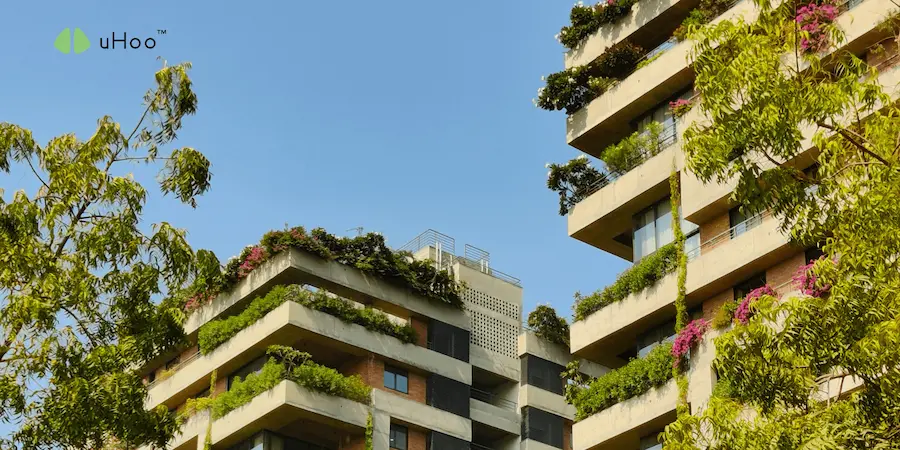In the competitive landscape of commercial real estate, developers and business owners are constantly searching for a competitive edge. While prime locations and impressive facades catch the eye, the true “invisible advantage” lies within creating truly healthy buildings. This isn’t just about corporate social responsibility. It’s a strategic investment that directly boosts productivity, well-being, and ultimately, the bottom line.
Healthy buildings offer a compelling, yet often unseen, set of benefits:
- Enhanced Cognitive Function and Focus: Imagine employees experiencing less “brain fog,” fewer headaches, and improved concentration. That’s the power of optimal indoor air quality (IAQ). When levels of CO2, VOCs (from off-gassing materials), and fine particulate matter (PM2.5) are minimized, occupants’ cognitive performance demonstrably improves. This directly translates to more efficient work, better decision-making, and increased innovation.
- Reduced Absenteeism and Presenteeism: Poor indoor environments can lead to “sick building syndrome” symptoms, causing employees to call in sick more often (absenteeism) or perform poorly while at work due to feeling unwell (presenteeism). Healthy buildings prioritize clean air, proper ventilation, and comfortable conditions, significantly reducing these issues and safeguarding valuable human capital.
- Boosted Employee Morale and Retention: Companies that invest in healthy buildings signal a genuine commitment to their employees’ well-being. This fosters a sense of care and appreciation, leading to higher job satisfaction, improved morale, and ultimately, greater employee loyalty. In today’s competitive talent market, a healthy workplace is a powerful recruitment and retention tool.
- Energy Efficiency and Cost Savings: Often, features that contribute to healthier buildings (like advanced ventilation, smart lighting, and optimal thermal control) also lead to significant energy savings. These operational savings contribute directly to a healthier bottom line.
- Increased Property Value and Attractiveness: As awareness of health and well-being grows, tenants and buyers are increasingly willing to pay a premium for spaces in healthy buildings. Certifications like WELL act as credible validators, enhancing marketability, commanding higher rents, and ensuring stable occupancy rates.
- Reduced Risk and Future-Proofing: Proactive measures to create healthy buildings mitigate risks associated with indoor environmental quality issues, potentially avoiding litigation and reputational damage. It also future-proofs the asset against evolving health standards and tenant expectations.
The “invisible advantage” of healthy buildings lies in their profound impact on the people within them. By creating environments where occupants can thrive, businesses unlock greater productivity, foster a healthier workforce, and secure a significant competitive edge. Tools like uHoo provide the necessary real-time data to truly understand and manage this invisible, yet powerful, advantage. Get one today.

